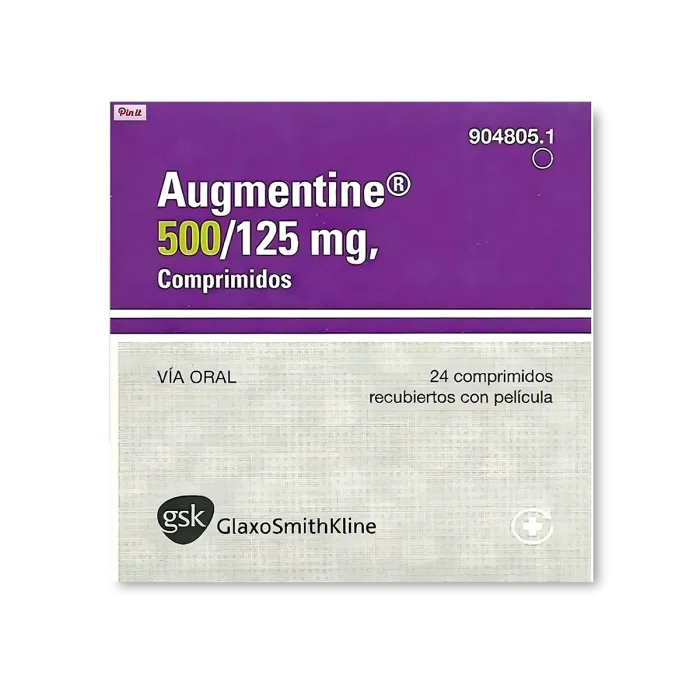More than a million women in the United States are diagnosed with Pelvic Inflammatory Disease (PID) every year.
PID is a serious infection of the upper reproductive organs in sexually active females.
If left untreated, it may lead to severe complications, including infertility.
So, can PID be cured completely? And does treatment ensure complete removal of the infection?
In this article, we aim to address your concerns about PID for a better understanding of this prevalent disease.
Can PID Be Cured: Answered
Yes, it is possible to cure Pelvic Inflammatory Disease (PID) with timely treatment.
However, it is vital to note that PID treatment cannot undo any damage that may have already occurred to your reproductive system.
This damage may include scarring of the fallopian tubes, uterus, or ovaries.
Additionally, delaying treatment increases the risk of further complications, such as infertility and chronic pain.
Therefore, it is necessary to immediately seek medical care if you experience pelvic pain or other PID symptoms.
In most cases, the treatment of PID involves prescription-based antibiotics to treat the bacterial infection. Severe or complicated cases may require surgery.
It is important to note that the effectiveness of treatment may vary based on individual factors and the severity of the infection.
For a deeper insight into the treatment and curing of PID, Read “Step-by-Step Methods on How to Cure PID and Unlocking Relief“
Save up to 90% on your medicine bills

Augmentin 500/125 Mg

Azax 500 Mg

Cephadex 500 Mg

Norflox 200 Mg
Long-term Effects of Pelvic Inflammatory Disease
 Source: Getty-Images
Source: Getty-ImagesDelayed treatment of Pelvic Inflammatory Disease is strongly linked to worsened outcomes and long-term complications.
Even with timely intervention, persistent issues may arise in some cases.
One study estimated that among females aged 20 to 24 with PID:
- 18% would eventually experience chronic pelvic pain
- 8.5% would have ectopic pregnancies
- 16.8% would face infertility
Additionally, PID can cause significant damage to the fallopian tubes, resulting in the loss of ciliary epithelial cells and blockage of the tubes.
How to Prevent Pelvic Inflammatory Disease
Since Sexually Transmitted Infections (STIs) are the main causes of PID, you can take certain steps to reduce their risk.
Some of these steps include:
- Practicing safe sex during all types of sexual activity with your partner/s
- If sexually active, undergo STI testing at least every 12 months. Test more frequently if you have multiple sexual partners
- Get tested for STIs if you notice any symptoms or suspect you may have PID
- If you are planning to start a family or are currently pregnant, undergo STI testing
Conclusion
Pelvic Inflammatory Disease (PID) is a prevalent reproductive tract infection in young women.
Owing to the serious nature of this infection, people often wonder- “Can PID be cured?”
The answer is- yes, PID can be cured using prescribed medications such as antibiotics.
However, the damage or scarring to the reproductive organs, such as the uterus and fallopian tubes, cannot be reversed.
Therefore, it is best to seek immediate treatment for PID if you observe any symptoms.
Any delay in treatment can result in severe consequences, such as ectopic pregnancies or infertility.
Additionally, it is advised to undergo frequent STI testing and practice safe sex to prevent PID.

Frequently Asked Questions
How much time does PID take to heal?
PID typically takes about two weeks to heal with antibiotic treatment.
However, this recovery duration may vary among individuals based on various factors.
How do you know when PID is serious?
PID may be serious if you experience severe pelvic pain, a high fever, vomiting, or fainting.
Seek medical attention immediately in such cases.
Can you fully recover from PID?
Yes, with timely and appropriate treatment, many individuals fully recover from PID.
However, the damage already done to your reproductive system may not be recovered with treatment.
Hence, early diagnosis and treatment are advised to improve the chances of a full recovery.
What is the fastest way to cure PID?
The fastest way to cure PID is through prompt and appropriate antibiotic treatment prescribed by a licensed doctor. Following the full course of antibiotics as directed is crucial for effective recovery and preventing complications.
What is the first stage of PID?
The first stage of PID usually involves the initial infection of the lower reproductive tract, including the cervix and vagina, by bacteria. If left untreated, the infection can progress to affect the upper reproductive organs, such as the uterus, fallopian tubes, and ovaries.
Cheap Medicine Shop only refers to credible, authoritative sources for our content. If you’re curious about how we ensure the integrity of our content, we encourage you to read our Content Information Policy.














